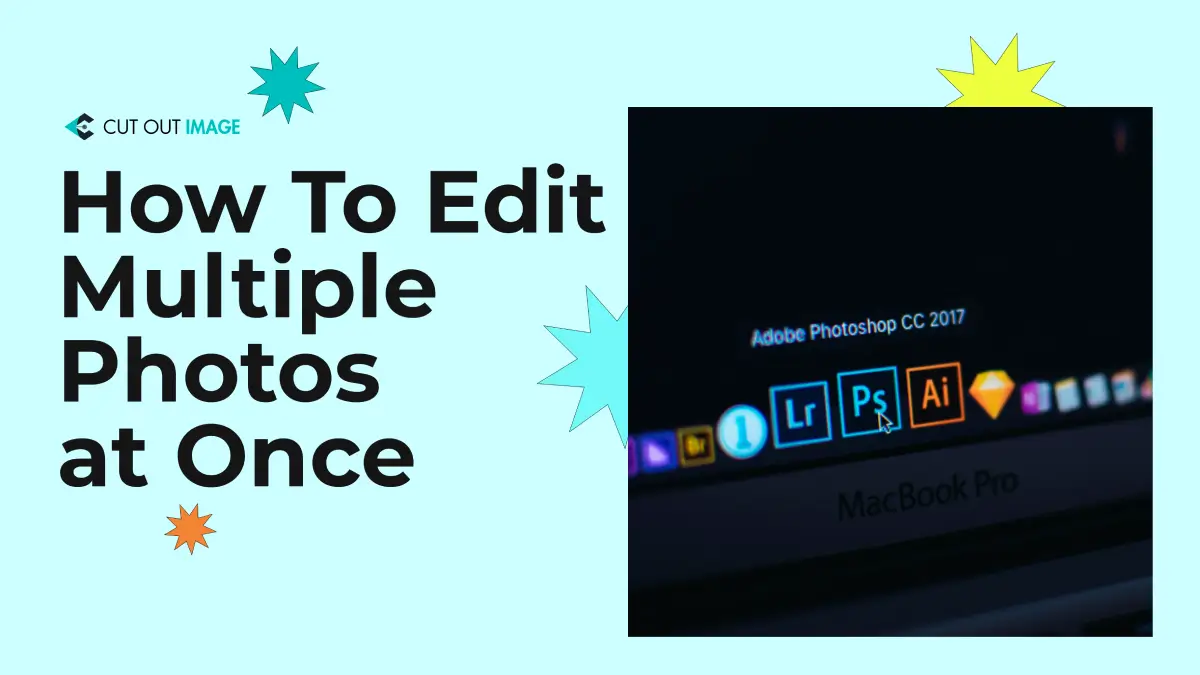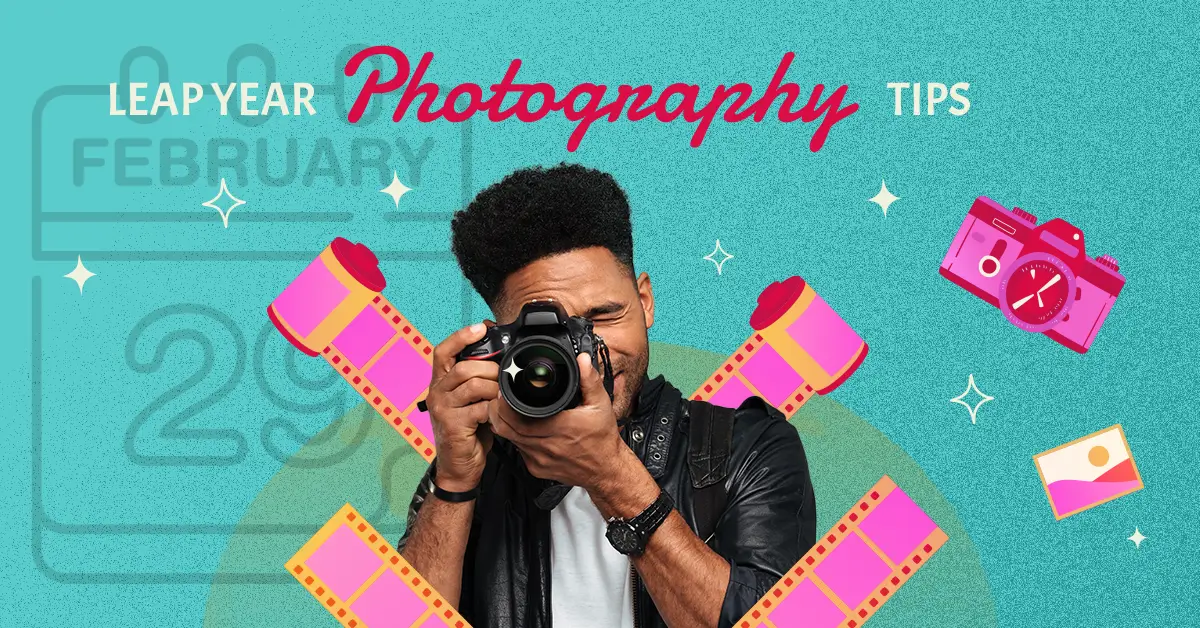Shooting in auto mode is the most recommended advice for beginners in photography. It is suggested as it is considered the safest play in photography for the ones who are not entirely prepared for the experiments with the camera. Auto mode means capturing the image without changing any of the basic camera settings, which may be ISO, white balance, aperture, and exposure. The companies provide the user the ready-made software in the cameras that helps to capture the images in the best possible way but shooting in auto mode restricts the refinement of your skills, so there is a need that after practicing in the field, you must have challenge yourself for the manual mode that includes changing various camera settings as per the requirements.
You will be enabled to use the ISO, aperture, and especially exposure according to your knowledge and skills in photography. When talking about the manual mode, the first step for which you have to take your foot is the exposure settings, and in between that, we study underexposure and overexposure in detail. So let’s head toward the main topic of concern, exposure, by first discussing the meaning of exposure.
Meaning of exposure
In simple terms, it is the amount of light the object gets during the shoot and is measured by lens aperture, scene luminance, and the shutter speed.
Correct exposure
Correct exposure means the exposure of the image in which the image looks right neither with too much light nor with less light. It is captured in the perfect light required where all the shadows and the highlights are accurate and visible, and technically if we explain, then the correct exposure means what your camera gives you in auto mode. It is also preferred to capture the images in the proper exposure to have the right balance of light, shadows, and all other highlights.
Creative Exposure
Creative exposure means using the direction in the camera’s manual mode in technical terms, which may be unexposed or overexposed according to the photographer’s brain and his requirements. It allows me to fully explain the under-exposure and the overexposure to you. Now have a look at both of them:
Underexposure
As the name suggests, underexposure means not having ample light in the photographed images, and they show too much darkness. The concept of underexposure relies on the fact the darker the photo is, the more it is said to be underexposed. Photographers use this as one of the creative techniques, and there is nothing wrong with using it for the creative mind. The photographers will sometimes use it to add a dramatic effect to the picture, confirming that all the underexposed images are not bad. There are ways to fix the images that are underexposed while developing them. Let’s check out the patterns.
Add some light to correct underexposure by turning on the flashlight or using the reflector.
You can also adjust the f/stop, giving more light exposure.
You also have the option of increasing the shutter speed
Overexposure
It is the opposite of underexposure and can also be used to add creativity to the picture effectively. Excess light is allowed in the photo, which makes it a full-blown or white-washed photo. It hides the details by letting the extra light in the picture, but sometimes it can be used to allow more information to emerge about the object.
Just the technique is the opposite of the ways to correct overexposure. These are
Reduce the light by using the dark reflector or moving it to the shade.
Change the f/stop and go a little bit closer to it this time.
Or the last is to decrease the shutter speed.
That’s all about exposure and its two types: underexposure and overexposure



